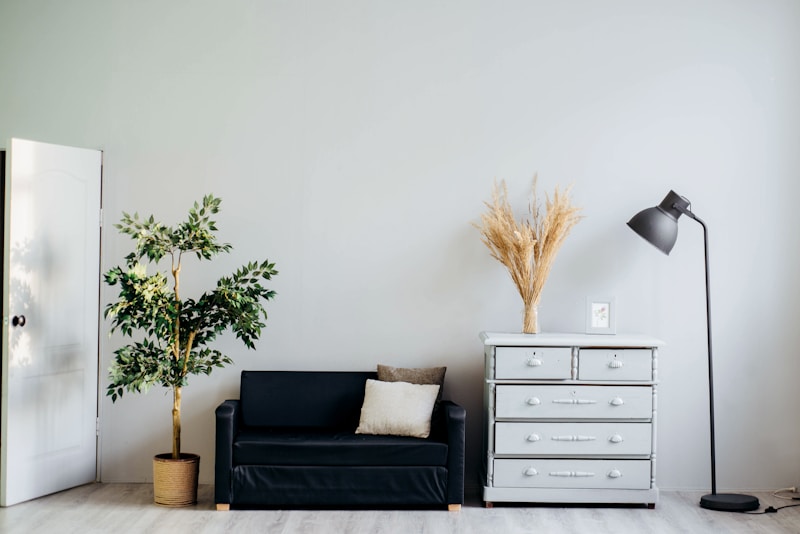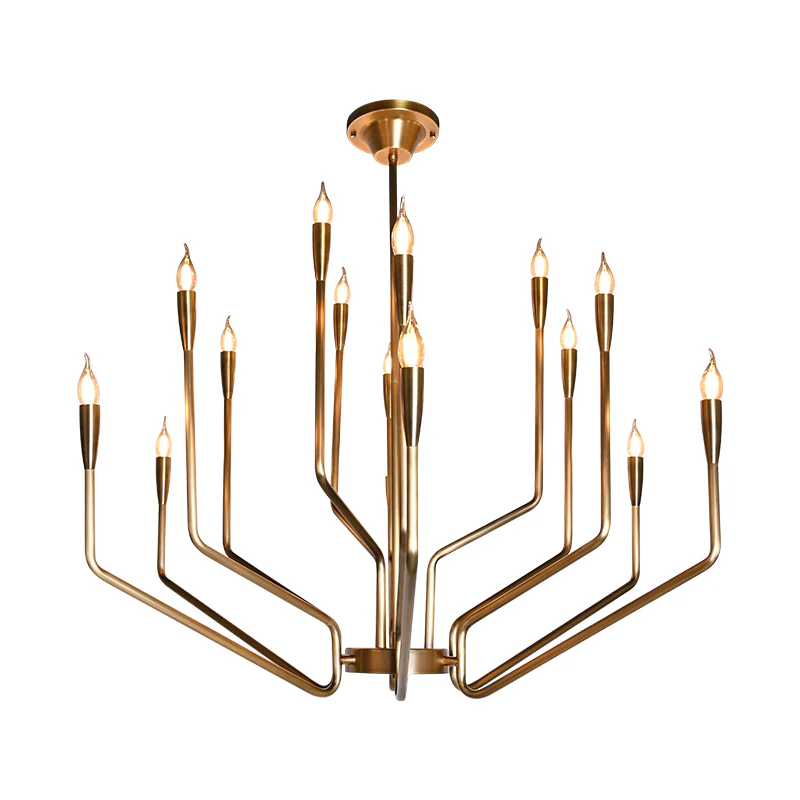Mood-Enhancing Lighting for Different Settings: Transforming Spaces with Light
Mood-Enhancing Lighting for Different Settings: Transforming Spaces with Light
Understanding Mood-Enhancing Lighting
Lighting is not just about visibility; it's a powerful tool that can influence our emotions, enhance productivity, and create ambiance across various settings. Whether in homes, offices, restaurants, or outdoor spaces, the right lighting can transform the atmosphere. In this article, we will explore the concept of mood-enhancing lighting, the science behind it, the different types of lighting, and how they can be applied in various settings.
The Psychology of Light
Luminous environments play a crucial role in shaping our moods and behaviors. Psychological studies have shown that lighting can affect our emotions, productivity levels, and even our social interactions. For example, natural light has been found to improve mood and energy levels, while dim lighting often creates a more relaxed and intimate environment. Understanding this concept is essential for making informed decisions about lighting design.
Types of Mood-Enhancing Lighting
There are several types of lighting that can enhance the mood in different settings. Each type contributes uniquely to a space’s ambiance:
| Type of Lighting | Description | Best Settings |
| Ambient Lighting | Provides overall illumination and sets the mood. | Living rooms, offices. |
| Task Lighting | Focuses on specific areas to facilitate tasks. | Kitchens, study areas. |
| Accent Lighting | Highlights particular features or decor. | Artwork, architectural elements. |
| Natural Light | Sunlight that enters the space. | All indoor settings, especially work areas. |
| Colored Lighting | Uses colored bulbs or filters to evoke specific feelings. | Events, parties, themed rooms. |
Ambient Lighting: Setting the Tone
Ambient lighting is essential for creating an inviting atmosphere. It serves as the foundation of your lighting design and is often achieved using ceiling fixtures, Floor lamps, or wall sconces. Here are some suggestions for implementing ambient lighting:
- Use dimmable LED bulbs to adjust brightness according to the time of day.
- Select warm white bulbs for a cozy feel, ideal for living rooms and bedrooms.
- Incorporate layers of light by combining ambient, task, and accent lighting.

Task Lighting: Enhancing Functionality
Task lighting is vital for spaces where activities such as reading, cooking, or working are performed. This type of lighting focuses illumination on specific areas to facilitate these tasks effectively. Consider the following for optimal task lighting:
- Install pendant lights above kitchen islands for focused illumination.
- Use desk lamps with adjustable arms for reading or studying.
- Ensure brightness levels are sufficient to avoid eye strain.
Accent Lighting: Adding Interest
Accent lighting serves to highlight particular features of a space, such as artwork, plants, or architectural details. It adds depth and intrigue to your environment. Here are some tips for utilizing accent lighting:
- Use spotlights or track lighting to draw attention to key decor pieces.
- Incorporate LED strips in architectural features or shelving for an enchanting effect.
- Be mindful of the spacing and intensity to create balance.
Creating Mood with Color
Color temperature and hue significantly impact the mood of a space. Cooler tones (like blue and white) are often associated with productivity and alertness, while warmer tones (like orange and yellow) evoke feelings of comfort and relaxation. When selecting lighting for a specific mood, consider the following:
- For energizing atmospheres, opt for cooler temperature lights (5000K to 6500K).
- To create cozy, relaxing environments, choose warmer lights (2700K to 3000K).
- For events, consider colored LED Lights to stimulate emotional responses.
Adaptive Lighting: Understanding Human Circadian Rhythms
Humans are naturally responsive to light, which can significantly impact our circadian rhythms. Circadian rhythms control our sleep-wake cycles, influencing how we feel at different times of the day. To align lighting with our natural rhythms:
- In the morning, let in as much natural light as possible to awaken your body.
- As the day progresses, transition to warmer tones to signal relaxation time.
- Utilize smart bulbs that can adjust color temperatures automatically based on time and occupancy.
Lighting in Different Settings
The application of mood-enhancing lighting varies significantly across different settings. Here are some tailored ideas for various environments:
Residential Spaces
In a residential setting, the key is to create a well-rounded ambiance that meets the needs of all activities—from family gatherings to personal relaxation.
- In living rooms, consider a combination of ambient lighting with Floor lamps and dimmers.
- In bedrooms, use warm bedside lamps to promote relaxation and sleep quality.
- In kitchens, incorporate bright task lighting to ensure safety and ease during meal preparation.
Commercial Spaces
In commercial settings like offices and retail stores, lighting can greatly influence productivity and sales.
- In offices, maximize natural light while providing task lighting for employees to enhance focus and performance.
- In retail, use accent lighting to highlight featured products or displays, drawing customers' attention to specific areas.
- Consider adjustable lighting solutions that can be tailored for different activities during the day.
Hospitality Venues
For restaurants and bars, atmospheric lighting plays a crucial role in defining the dining experience.
- Use soft, warm lighting in dining areas to create an intimate and inviting atmosphere.
- In bars, consider colorful LED or neon lights to create an energetic vibe.
- In event spaces, customize lighting based on the theme of the event for maximal impact.
Outdoor Spaces
Outdoor lighting can enhance the aesthetic appeal of landscapes while providing safety and usability.
- Use pathway lights to guide guests safely and beautifully.
- Install accent lighting in gardens to highlight plants, trees, and architectural features.
- Consider string lights for a cozy and social outdoor ambiance.
Conclusion: The Power of Light
Mood-enhancing lighting is not just about illumination; it's an essential aspect of design that can significantly influence our emotions and experiences in various settings. By understanding the different types of lighting, we can create spaces that foster productivity, relaxation, and connection. Whether you are redesigning your home, optimizing an office, or enhancing a venue’s ambiance, pay close attention to your lighting choices. Remember to consider psychological effects, color temperature, and the practical needs of each space.
Incorporate a mix of ambient, task, and accent lighting to achieve a harmonious balance. Explore innovative lighting solutions like smart bulbs to stay adaptable to your needs. Ultimately, let light be your guiding tool in crafting perfect moods in any setting.
